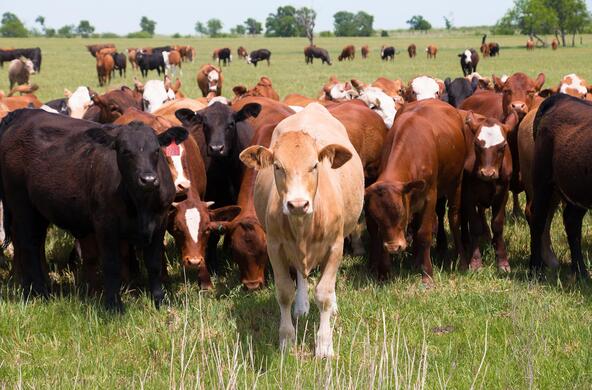Green plants contain an enzyme, known as Rubisco, which captures carbon dioxide from the atmosphere and uses it to build the sugars that plants use to grow and we use for food, fiber and fuel. Rubisco is basic to life on Earth from the smallest algae to the largest expanse of croplands and tropical rainforest.
The carbon dioxide that reacts with Rubisco enters plant leaves through small pores known as stomates. One of the puzzles of plant biology is that Rubisco is rather inefficient. At any moment, a portion of a plant’s Rubisco is reacting with oxygen to produce phosphoglycolate, which is toxic. The oxygen enters the plant through the same stomates that allow uptake of CO2. Plants must spend a certain portion of their photosynthetic production to break down phosphoglycolate. That process occurs in the light, when the stomates are open and the plants are photosynthesizing. The process is known as photorespiration. It is estimated that plants might grow 30% faster if the competitive reaction of oxygen with Rubisco could be circumvented.
Some plants, such as corn, avoid photorespiration by sequestering the Rubisco inside special cells, which tip the balance to carbon dioxide in competition with oxygen. It has been of great interest among plant geneticists to develop other crop plants that avoid photorespiration. In theory food production might rise by about 30% from the same area of land now used for agriculture.
Thus, it is of great interest that Don Ort and his coworkers, at the University of Illinois, have recently reported a variety of tobacco, genetically modified to avoid photorespiration. This is the first report of a GMO crop plant with reduced photorespiration, which they speculate might allow a 40% increase in yield. If this approach can be applied to important food plants, such as wheat, rice and soybean, the resulting increases in yield might feed the world’s expanding population, while leaving more land fallow to support nature’s biodiversity.
There are some indications that photorespiration improves plant uptake of nitrogen and phosphorus, and that photorespiration may protect a plant’s photosynthetic machinery during severe drought. We need some further studies on the benefits of photorespiration and if its elimination may have some downsides.
Of course, we can expect heated debate on whether or not it is healthy to eat GMO-derived foods, but stay tuned for the further reports on these attempts to enlarge the Earth’s plant productivity for all of us.
References
Erb , T.J. and J. Zarzycki. 2018. A short history of RubisCO: the rise and fall of nature’s predominant CO2-fixing enzyme. Current Opinion Biotechnology 49: 100-107.
South, P.F., A. P. Cavanagh, H. W. Liu, and D.R. Ort. 2019. Synthetic glycolate metabolism pathways stimulate crop growth and productivity in the field. Science 363: 45-48.









